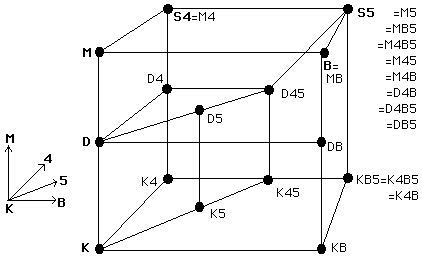Suppose other times/worlds exist as real, concrete or abstract entities. Suppose also that any things compose a thing. Finally, suppose that it's not the case that anything is located at two times/worlds by being wholly located at each (this is intended as a denial of trans-time/world identity). The resultant ontology is lavish: there exist all manner of fusions with temporal and modal parts. But which is you?
Given that we are rejecting transtime/world identity, and given that there are non-present/actual modal facts about you, it seems there are two main ways we can accomodate these sorts of truths. One way would be to say you have different (proper) parts at different times/worlds. Another would be to say that you have counterparts at different times/worlds. (Note that the differences between these views are semantic rather than ontological: there is no language-independent entity that exists according to one of the views and not the other.) Lewis holds that you have different parts at different times but different counterparts at different worlds. This is a mixed view. Other combinations are possible. Which combination is best?
Carl was asking last time what problems there are for a view according to which objects about which there are non-actual modal truths are modally extended by having different proper parts at different worlds. We discussed some of the objections from Lewis in Plurality but there is only one paper I am aware of that considers the issue in detail. It is a long manuscript from Brian Weatherson: "Stages, Worms, Slices and Lumps". (Weatherson critically evaluates Lewis's objections in section 7 of his paper.)
I wanted to post this to draw your attention to Weatherson's paper, but reading that is not a prerequisite for airing any thoughts on the main topic of the post.
Sunday, June 24, 2007
Subscribe to:
Post Comments (Atom)

No comments:
Post a Comment